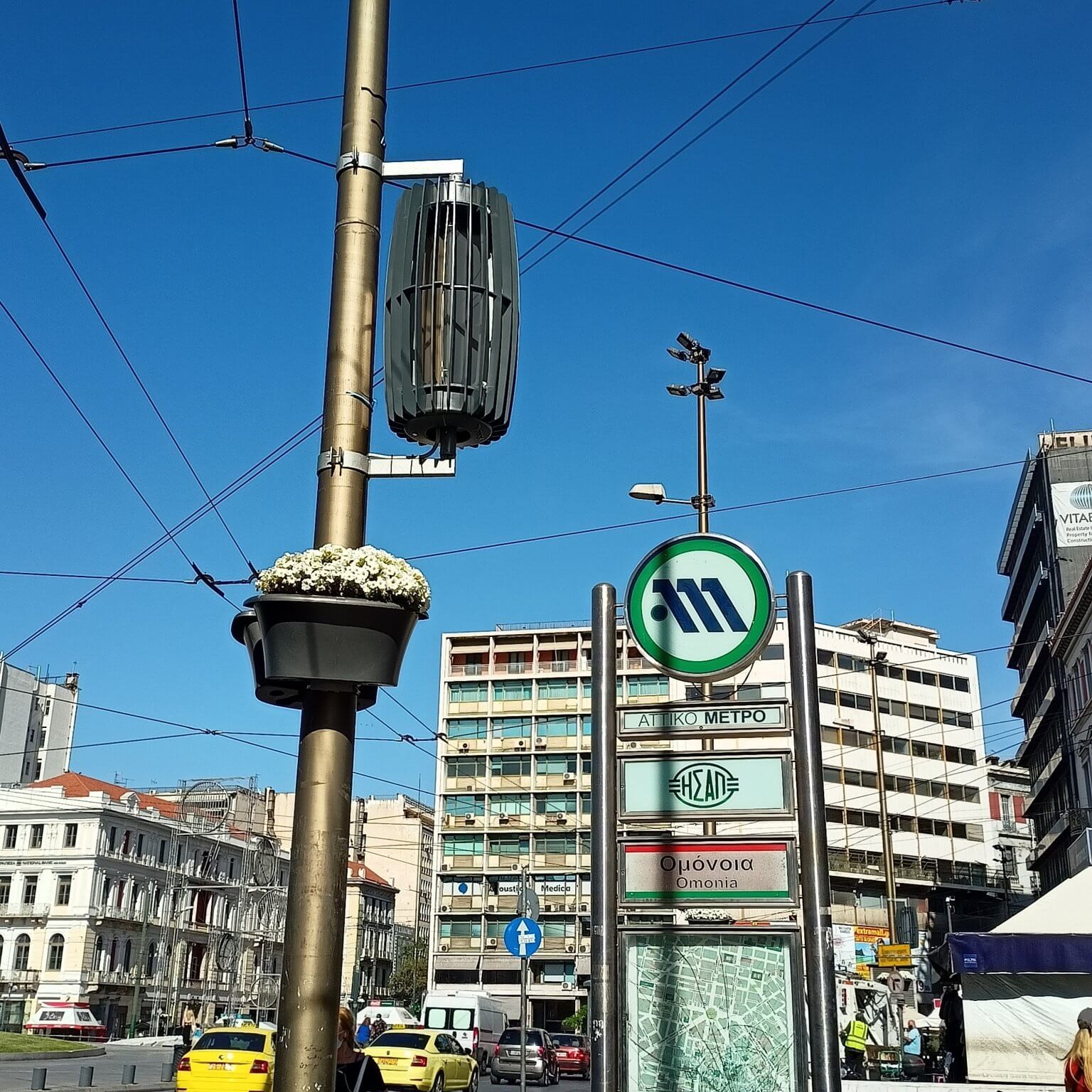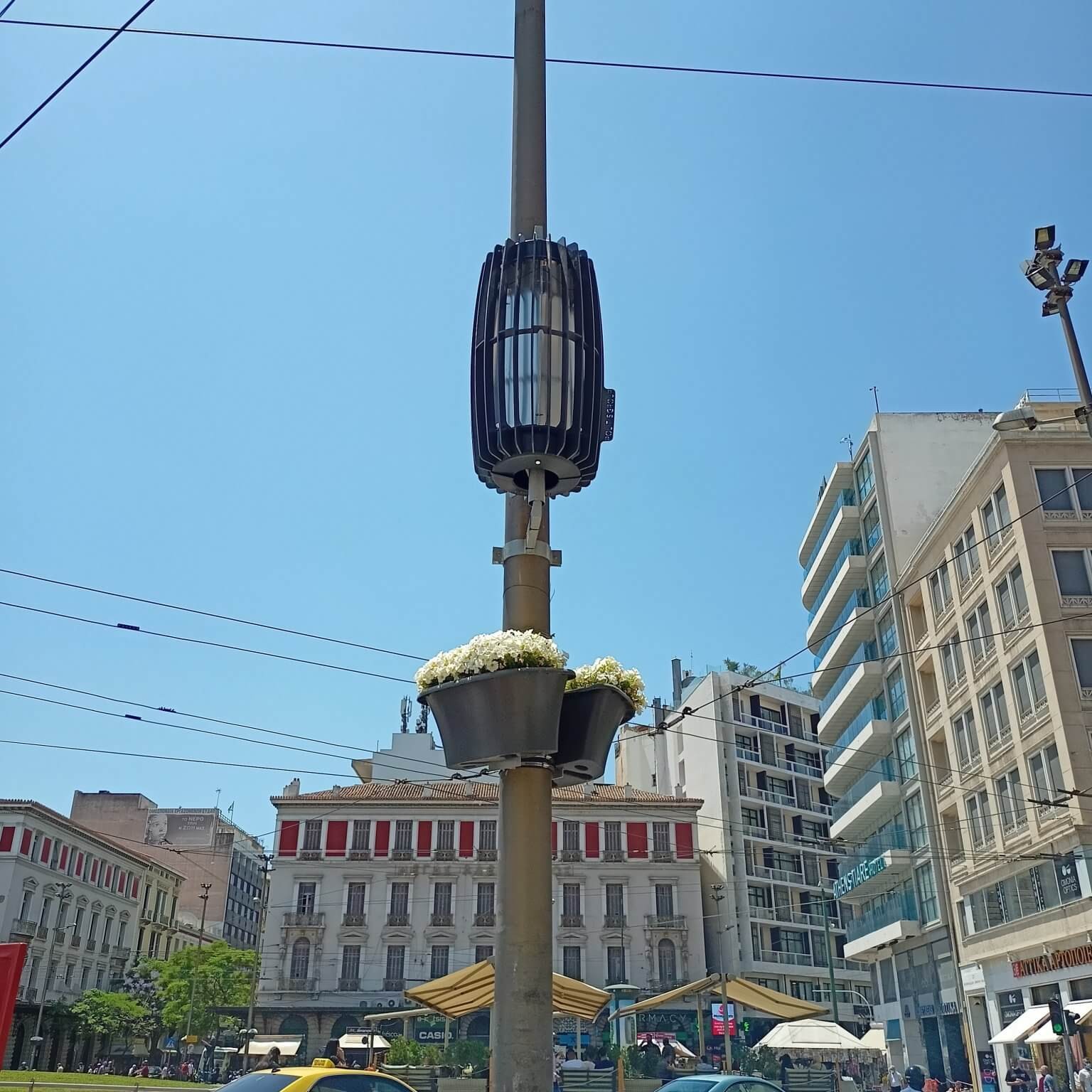Note: This is an English translation of the Dutch post, originally located at Vridiair Blog
Smart cities are playing an increasingly prominent role in shaping our future living environment. These cities, driven by innovation and data, aim for efficiency, sustainability, and an improved quality of life for their residents. One of the greatest challenges smart cities face is the fight against air pollution and particulate matter.


The Importance of Smart Cities
Smart cities utilize advanced technologies and data analysis to enhance urban livability. Some benefits of smart cities include:
1. Efficiency: By integrating smart systems for energy, water, transport, and waste management, cities can manage their resources more efficiently, resulting in cost savings and a reduced ecological footprint.
2. Sustainability: Smart cities strive for sustainable development through the adoption of green energy sources, promotion of sustainable transport, and implementation of environmentally friendly practices.
3. Quality of Life: By improving mobility, providing access to high-quality healthcare, and creating safe and pleasant public spaces, smart cities contribute to a better quality of life for their residents.
4. Economic Growth: Innovation and technological advancements in smart cities stimulate economic growth and create new opportunities for businesses and employment.
The Impact of Air Pollution and Particulate Matter
Despite the many benefits of smart cities, air pollution remains a serious problem that threatens the health of urban residents. Particulate matter, small particles released by combustion and industrial processes, is one of the largest sources of air pollution in urban areas. The health risks of particulate matter are significant and include respiratory problems, cardiovascular diseases, and even premature death. To reduce particulate matter, smart cities are increasingly using the StaticAir PAMARES.
For instance, in Bangkok (Watthana) at the "Little Treehouse Nursery" preschool, established by two experienced mothers dedicated to providing a safe and stimulating environment for early education. Given the severe air pollution in Bangkok, ensuring clean air for children became a priority.
Little Treehouse Nursery installed the StaticAir PAMARES Outdoor Air Purifier, designed to significantly improve air quality. It significantly reduced the amount of particulate matter, making the air cleaner and safer for children. The system also had an educational impact: the air purifier served as a tool to engage parents in environmental awareness and promote sustainable practices.
Air Pollution Has Disadvantages for the Quality of Life and Sustainability of Smart Cities
Besides the health risks for residents, air pollution (including particulate matter) also has other disadvantages that affect the quality of life and sustainability of smart cities:
1. Environmental Damage: Particulate matter can be harmful not only to human health but also to the environment. It can impact ecosystems, cause soil and water contamination, and threaten biodiversity.
2. Economic Costs: The economic costs of air pollution are significant. They include direct costs such as healthcare and loss of productivity, as well as indirect costs like reduced tourism and declining property values.
3. Social Injustice: Air pollution often affects vulnerable populations such as the elderly, children, and people with lower socioeconomic status more severely. This can lead to socioeconomic inequalities and an unfair distribution of health risks.
4. Loss of Livability: High levels of air pollution can affect the livability of cities, making people less inclined to engage in outdoor recreation, sports, or enjoy public spaces.
Sensors in Smart Cities
To address these drawbacks, smart cities can employ sensors and advanced technologies to implement data-driven solutions against high levels of particulate matter:
Data enrichment can occur through real-time monitoring, for example. Smart cities can deploy sensor networks to monitor air quality in real time. These sensors can measure particulate matter levels and generate alerts for peak pollution, allowing for appropriate measures to be taken.
Data analysis and predictive models can also contribute to data enrichment. By applying advanced data analysis techniques to collected air quality data, smart cities can identify trends and develop predictive models to forecast future pollution levels.
Solutions Based on Data to Reduce Large Amounts of Fine Particulate Matter
1. Dynamic Traffic Management: By collecting and analyzing real-time traffic data, smart cities can optimize traffic flows to minimize vehicle emissions.
2. Smart Construction Practices: In construction and infrastructure projects, smart cities can use sensors to limit the emission of fine particulate matter during construction activities by using StaticAir PAMARES.
3. Green Infrastructure: By promoting green infrastructure such as green roofs, parks, and tree lines, smart cities can improve air quality by absorbing fine particulate matter and promoting natural ventilation.
4. Citizen Participation: Smart cities can engage citizens in monitoring air quality through mobile apps and crowdsourcing initiatives. This increases community awareness and involvement in reducing air pollution.
The StaticAir PAMARES for Clean Air in Smart Cities
With PAMARES, a significant amount of (ultra)fine dust in the outdoor air is reduced. The system is equipped with practical LED indicators and is ready for use with IoT applications. Moreover, PAMARES is sustainable and completely silent, and it operates safely for humans and animals without the use of mechanical ventilation or filters. The system is highly scalable and requires minimal maintenance.
Smart Cities: Optimal Design for Clean Air
Smart cities play a crucial role in combating particulate matter by utilizing innovative solutions such as the StaticAir PAMARES. By embracing real-time monitoring, data analysis, intelligent traffic systems, and air filtration technologies, smart cities can improve air quality and promote the health and well-being of their residents. It is important for policymakers, businesses, and citizens to collaborate in addressing the challenges of air pollution and to strive for a clean and sustainable future for all urban residents.



